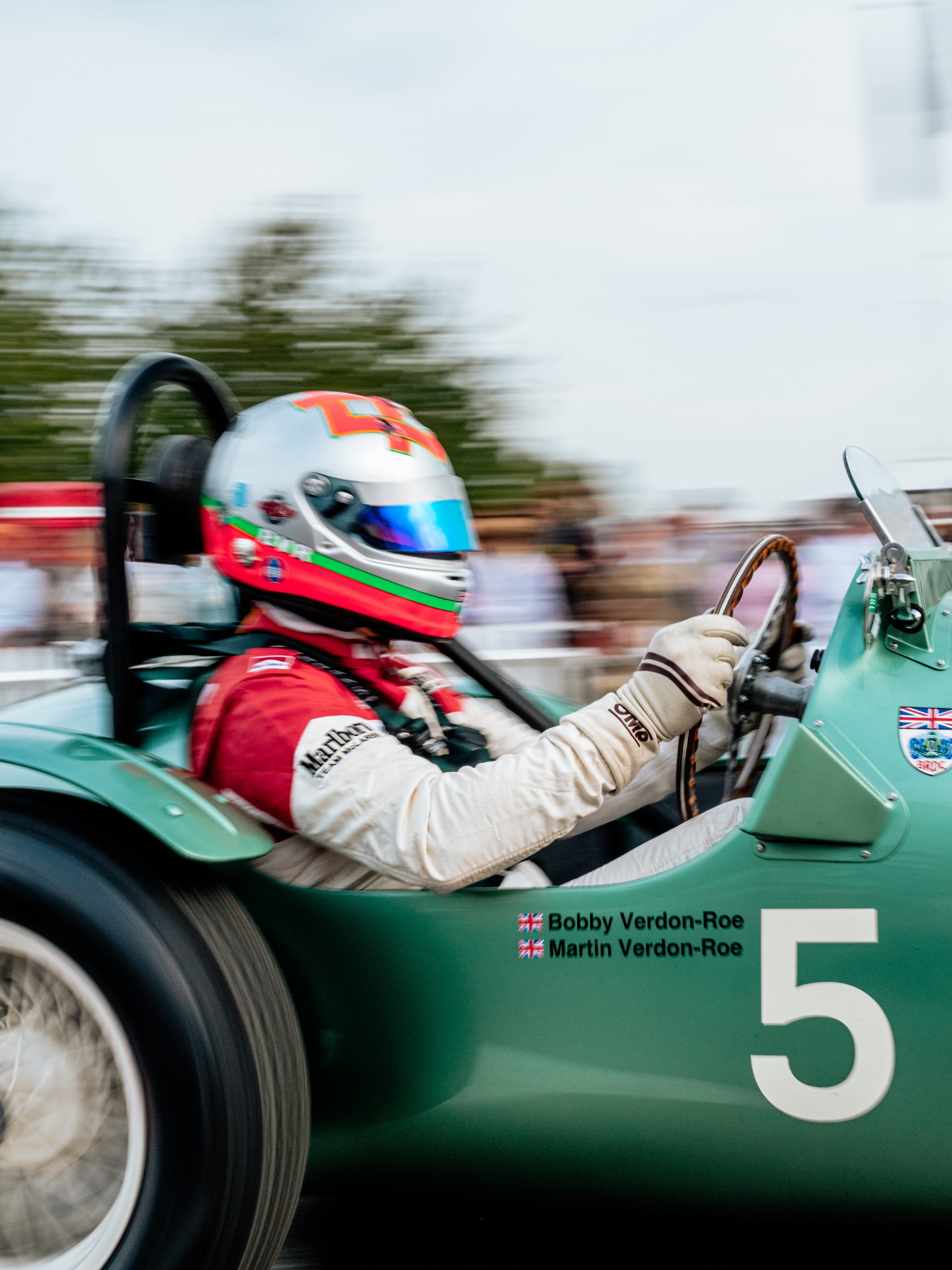Axon's Automotive Anorak: Pop-up lights – the coolest motoring relic?
In the closing days of last year, the new, up-and-coming Italian coachbuilder and styling house, Ares Design, previewed its ‘Project Panther,’ a 21st century homage to the oft-maligned de Tomaso Pantera, the Ford V8-powered 1970s-80s mid-engined supercar as once owned by Elvis Presley, who famously shot at his yellow example when it failed to start.

In recent weeks, Ares Design has followed-up its Pantera-inspired Project Panther with sketches of its new Project Pony, a stylish three-box GT coupe tribute to Pininfarina’s elegant 1970s-80s Ferrari 400/412i, and based around the mechanicals of the Ferrari FF/GTC4 Lusso.
The Ares Project Panther and Pony projects both respect an important styling feature of the exotic Italian high-performance machines that have inspired these creations; pop-up headlights.
Like many exotica of the era, both the original de Tomaso Pantera and Ferrari 400 were fitted with pop-up lamps, a stylish and more aerodynamic (when retracted) feature that added huge street cred cool to any dream car worthy of a school boy’s bedroom poster in the 1970s.
I was one of those schoolboys; a car-crazy kid with posters of Maseratis, Ferraris, Lamborghinis and Bertone concept cars on my walls, all united in their use of pop-up headlamps. Thinking back, every car decorating my bedroom (Lancia Stratos, Maserati Bora, Fiat X1/9, Lotus Esprit, and so on) had retractable headlights, with the exception of a Citroen SM poster (which had swivelling lights instead!).
Covered, pop-up headlamps first appeared more than 80 years ago, when the advanced American Cord 810 was introduced in 1936, with its distinctive ‘coffin nose’ curved front end. When Cord introduced these pioneering covered lamps, much was made of their aerodynamic advantage, as when not in use and folded down into the front wings, their design gave a sleeker and smoother profile.
By the 1960s, the smoother ‘eyeless’ face with had virtually become de rigueur for any exotic sportscar, such as the Lamborghini Miura, Ferrari Daytona, Maserati Ghibli and Indy, Chevrolet Corvette C3, Lotus Elan, Matra M530, with slide-away lamp covers also becoming a common feature by the late 1960s for many of Detroit’s more prestigious and sporting models, such as the Cadillac Eldorado, Mercury Cougar and Imperial Le Baron.
By the 1970s, almost every a low-slung sports car that needed to comply with the latest headlamp height regulations had pop-up lighting, including Ferrari (308, BB512, 400i), Lamborghini (Urraco, Countach), Maserati (Khamsin, Bora, Merak), Lotus (+130, Elite, Eclat, Esprit) plus most other exotic and luxury machines – plus a few more affordable steeds - including the Monteverdi HAI, Monica 360, Fiat X1/9, Triumph TR7, Matra Bagheera, Bricklin SV-1, Ilinga V8 coupe, and so on, featured hidden headlamps.
This trend continued well into the 1980s and beyond (Ferrari Testarossa and F40, BMW M1, Lamborghini Diablo, Vector W8, Honda NSX, Matra Murena, Mazda RX-7 and MX-5, Toyota Supra and MR2, and so on), and by this time, even volume-selling mainstream family cars and coupes were gaining pop-up lamps, such as the Mazda 323F, Honda Accord and Prelude, plus the Volvo 480, to add some welcome sportiness to these ‘ordinary’ models.
By the turn of the 21st century, however, the fashion for pop-up illumination had begun to run its course. The combination of increasingly advanced strides in headlamp technology, including adaptive headlights that adjust light beams according to the driver’s position on the road, as well as LED lighting technology and fixed light solutions, plus new design regulations regarding pedestrian safety, have virtually made pop-ups a thing of the past.
The last cars to be sold with pop-up headlamps were the final editions of the long-lived Lotus Esprit and Chevrolet Corvette C5 in 2004. From the late 1990s onwards, a number of other exotica that were originally launched with retractable, covered headlights switched over to conventionally fixed headlamps when they were facelifted, including models such as the Lamborghini Diablo, Ferrari Testarossa/F512 M and Honda/Acura NSX.
Headlamp ‘concealment devices’ are still legal, and in the USA regulations for manufacturing them can be found under the American National Highway Traffic Safety Administration’s Standard Number 108. In the EU, however, European vehicle design laws now require the front end of cars to be more readily deformable to help protect pedestrians in the event of an accident.
It is increasingly challenging for manufacturers to create hidden headlights that comply with these EU laws, and the high costs of doing so are not really now worth the investment to most car companies. Although the EU rulings don’t govern vehicles sold in the United States or elsewhere, most vehicle manufacturers now operate globally, so the diminished worldwide demand for hidden headlamps has affected the front styling and layout of new cars too, particularly for the bumpers and front wings.
Whether Ares Design will actually build any real road-going examples of its proposed Project Panther and Pony prototypes remains to be seen, but if it does, it will be interesting to see if the cars are built with pop-up lights or another more feasible and less-complex solution.
axon's automotive anorak
axon's anorak


































































